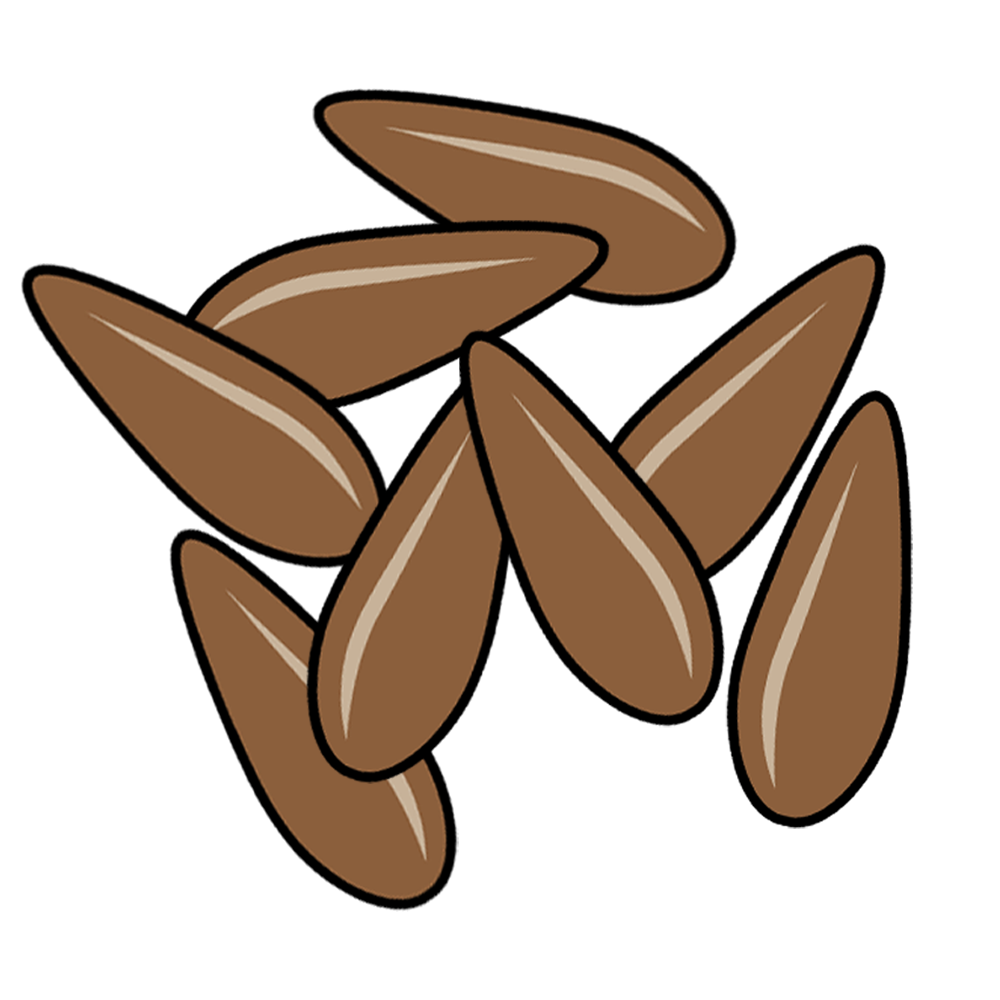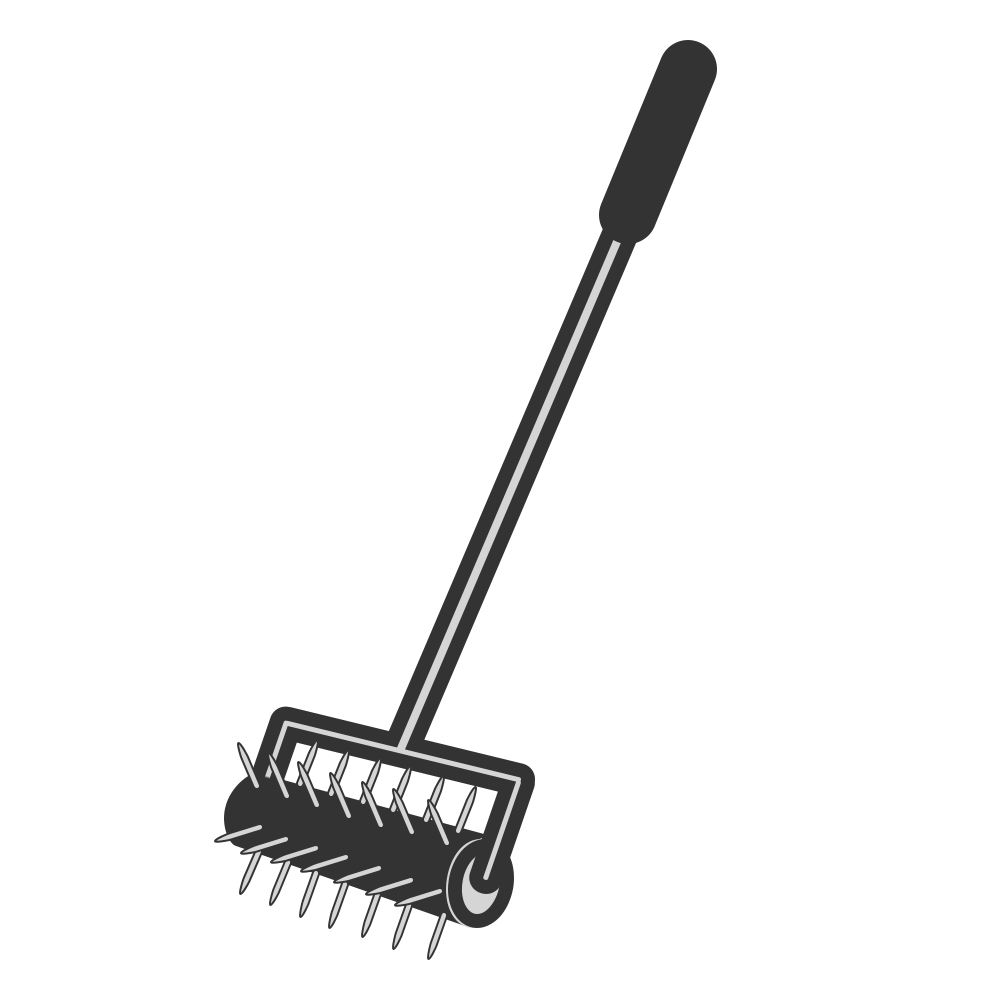Jump to a Section:
Give your lawn the space it needs to thrive.
Loosen up the soil and lay the groundwork for thicker, healthier grass.
Why It Matters

Aeration and overseeding are the power duo your lawn didn’t know it needed. Over time, soil gets compacted, and your grass starts to thin out. Aeration breaks things up so air, water, and nutrients can flow freely. Overseeding fills in the gaps with fresh, new growth.
Best Times to Aerate & Overseed
Just like mowing, timing is key. Here’s how to get the most out of these lawn care steps based on grass type and season.
Cool-Season Grasses
(like Kentucky Bluegrass or Fescue)
- Aerate & Overseed: Early Fall is ideal (September–October)
- Bonus window: Early Spring (March–April)
Warm-Season Grasses
(like Bermuda or Zoysia)
- Aerate: Late Spring to Early Summer
- Overseed: Typically done in Fall if overseeding with cool-season blends
Avoid: Frozen ground, waterlogged lawns, or peak summer heat.
How to Tell If Your Lawn Needs Aeration & Overseeding
Not every lawn needs it every year—but if your grass seems tired, patchy, or just “off,” it might be time to give it a little breathing room.
Here’s how to tell when your lawn is calling out for a refresh:
1. It Feels Like You’re Walking on Concrete
Take a stroll across your yard—seriously. If the ground feels rock-hard under your shoes, that’s a sign of compacted soil. Over time, especially in high-traffic areas, the soil gets pressed down so tightly that roots can’t grow and water can’t soak in.
Aeration helps by punching holes in the soil and pulling up small plugs, loosening things up so your grass can actually breathe again.
2. Water Isn’t Soaking In
Ever notice water just sitting on top of your lawn—or running off into the sidewalk instead of soaking in? That’s another red flag. Healthy soil acts like a sponge, absorbing moisture evenly. But compacted or dry, thatchy soil becomes water-repellent, and your lawn starts to suffer for it.
If you’re seeing puddles or runoff after watering or rain, aeration can help the water get where it’s supposed to go: deep into the root zone.
3. You’ve Got Thinning or Bald Spots
Overseeding works best when there’s space for new seeds to take root—but if your lawn is looking sparse, patchy, or tired in general, it’s likely struggling due to poor soil conditions. Aeration opens up the soil and gives new seeds a better chance to grow evenly and establish strong roots.
Bonus: Overseeding helps crowd out weeds too, naturally thickening your lawn without harsh chemicals.
4. High Foot Traffic Is Wearing It Down
Kids, dogs, lawn parties, and even regular mowing all put stress on your lawn. If certain areas look matted, worn, or different in color and thickness, it could mean the soil beneath has been compacted from too much activity.
Aeration helps these stressed spots bounce back, and overseeding fills them in before they become permanent bare patches.
5. You See a Layer of Thatch
Take a peek at your lawn’s surface. Is there a thick, spongy layer of dead grass and roots between the soil and the green grass? That’s called thatch, and while a little bit is normal, too much blocks water, air, and nutrients from reaching the roots.
Aeration helps break down that thatch and improve your lawn’s overall health—especially when followed up with some overseeding to restore density.
If your lawn feels hard, looks thin, holds water on the surface, or just isn’t growing like it used to, aeration and overseeding might be the boost it needs.
Want help?
Quick Tips for Best Results
Choose the right seed for your region and sun exposure
Not all grass seed is created equal. The best seed for your neighbor’s lawn might flop in yours—especially if your sunlight or climate is different.
- Cool-season grasses (like Kentucky Bluegrass or Fescue) thrive in northern zones and do best in spring and fall.
- Warm-season grasses (like Bermuda or Zoysia) prefer southern heat and shine in late spring and summer.
Also consider how much sun your lawn gets.
- Full sun? Go with sun-loving varieties.
- Shady yard? Look for blends made for low light—they exist and they work!
Picking the right seed is the first step to giving your lawn a fighting chance.
Fertilize lightly after seeding, not before
Tempted to fertilize before you seed? Hold up.
Too much nitrogen too early can harm tender roots and actually stunt germination.
Instead, wait until after you’ve seeded, then apply a light starter fertilizer (look for something with phosphorus, which encourages root growth). It’ll help the new seedlings get established without overwhelming them.
Pro tip: Avoid high-nitrogen blends during this phase. You want roots, not runaway top growth.
Avoid heavy foot traffic for the first few weeks
Once your lawn’s freshly seeded, treat it like it’s healing—because it kind of is.
Walking on it too much while the seed is germinating can flatten seedlings, compact the soil, and undo all your hard work. Even pets running around can disrupt new growth.
Try to stay off the lawn as much as possible for the first 2–3 weeks.
If you must cross it, lay down some wooden planks or walk gently along the edges.
Don’t mow too soon – wait until the new grass hits 3”
It’s exciting to see those little blades coming in, but don’t rush to mow!
Mowing too soon can pull seedlings right out of the ground or stunt their growth.
Let the new grass reach at least 3 inches tall before you even think about trimming. Use sharp blades, cut high, and skip the bagging—let the clippings feed the soil.
Your patience now pays off big time later with a thicker, stronger lawn.
Step-by-Step Basics
Here’s what a standard aeration and overseeding process looks like:

1. Mow Low, Then Water
Cut your grass a little shorter than usual and water the day before.
2. Aerate
Use a core aerator to pull plugs of soil from the lawn. (Avoid spike aerators—they compact soil more.)


3. Overseed
Spread high-quality seed evenly across the lawn right after aerating.
4. Water and Wait
Keep the lawn consistently moist for 2–3 weeks. Don’t let the seed dry out.

Common Myths
“Aeration is only for golf courses.”
Not true! Most home lawns benefit from occasional aeration.
“Overseeding fixes everything.”
Not without prep work—poor soil or compacted ground won’t support new seed.
“Spring is always best.”
Fall is actually ideal for cool-season grasses. Timing really depends on your lawn type.